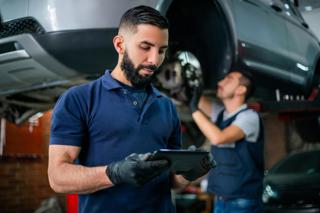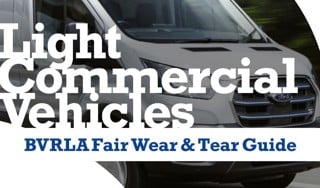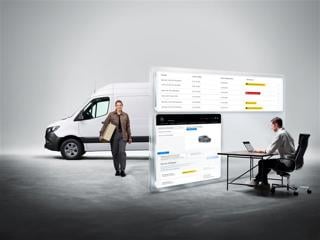Only 42% of company car drivers see maintenance of their vehicle as their own responsibility, according to a survey by Venson.
58% of company car drivers think it’s their employer’s responsibility to get the car serviced at the appropriate times, even though the employee is accountable.
The leasing company is urging fleet managers to ensure their drivers know exactly what needs reporting and where responsibilities lie, in order to stay in control of their costs.
When asked if they undertake any vehicle maintenance, company car drivers are least likely to top up water coolants (52%) with only 53% checking oil levels. 66% check their tyre pressures and inflate if necessary.
Almost one in three drivers (28%) ignore warning lights on the dashboard.
Gil Kelly, operations director at Venson said: “Only 42% of the company car drivers we surveyed see maintenance as their responsibility, which could see fleet managers facing hefty charges at the end of the vehicle’s lease. This could be avoided if fleet managers, with the support of their fleet provider, communicate about service and maintenance responsibilities, not only at the time of handing over the keys of the car to an employee, but throughout the term of the lease to reduce wear and tear costs.
“In addition, by encouraging regular maintenance checks, businesses can identify issues early. This should include pre-collection inspections, prior to the end of a contract, to allow any damage to be identified and rectified. Fleet managers could also consider implementing a policy whereby company car drivers are fined as a result of issues not being reported, and result in unnecessary costs being incurred by the business for persistent offenders.
“We also advise firms to ensure their fleet provider has provided a clearly defined end of contract damage process so it is transparent what is acceptable. There should also be room for a firm to challenge their fleet provider about the cost breakdown, to ensure there are no hidden charges. By going into a lease with a clear understanding of the procedures regarding damage and making them clear to their drivers, businesses can stay on top of damage and/or maintenance issues, as they happen.”



















Login to comment
Comments
No comments have been made yet.